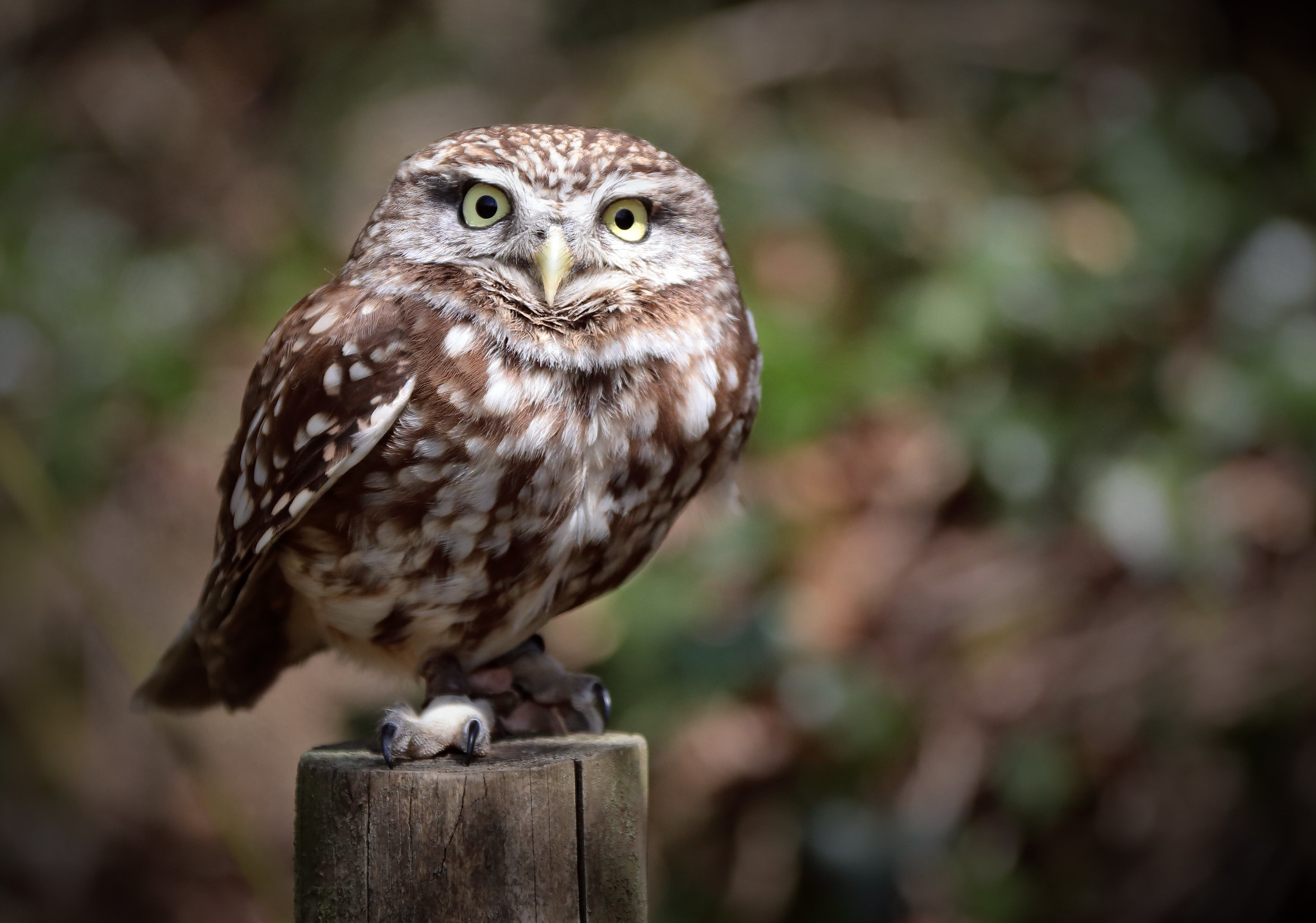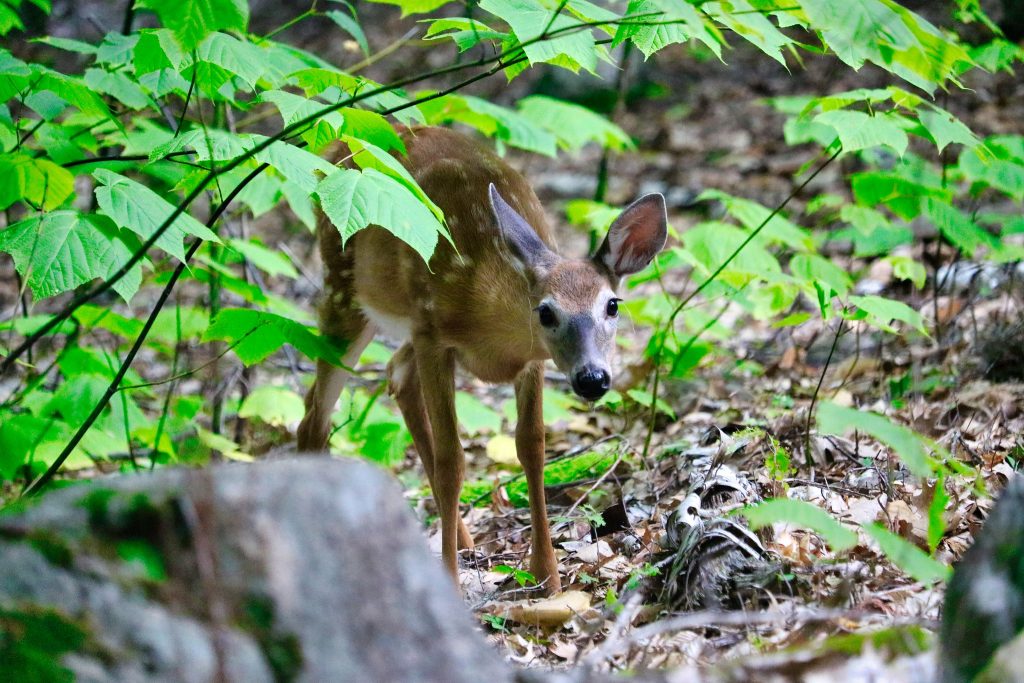It doesn’t matter whether you’re trying to capture squirrels playing in your backyard or a herd of elephants in the Mara plains.
The reality is that wild animals will always do what they want to do. Unlike human photography, you can’t ask animals to look your way, stand in a spot with better lighting, or strike a ‘cute’ pose.
All you can do is wait and be prepared to take a picture when they decide to do something interesting or look cute. Any good nature photographer knows that it takes time to take good shots, and it may take even longer to take award-winning ones.
Contents
- How to Improve Your Wildlife Photography Skills
- 1. Patience
- 2. Understand Your Subjects
- 3. Invest in Top of the Line Camera Equipment
- 4. Learn from Those Who Have Excelled
- 5. Learn What Makes a Wildlife Photograph Sharp
- 6. Autofocus Mode & Other Camera Settings
- 7. Know Which Gear to Pack When Heading Out
- 8. Invest in Camera Traps
- 9. Respect the Subjects/Wildlife
How to Improve Your Wildlife Photography Skills
Fortunately, no time ever goes to waste when you photograph wildlife. The more time you spend with an animal, the more you get to learn about its habitat. You get to learn its different personalities, which allow you to anticipate what it’s likely to do at any given time.
Below are wildlife photography tips to help you get the best results;
1. Patience
As mentioned above, self-restrant is a virtue when photographing animals. When dealing with wildlife subjects you can’t move too fast in their direction for fear that you might scare them away. Such movements will cause you to lose out on a good shot.
The best approach involves waiting for the animal to come to you or moving slowly towards their location. You have to learn the art of stealth to become a great wildlife photographer. You may need to use camouflage to disguise yourself and your camera.
Camouflage allows you to get close to the subject without getting noticed. You could use natural camouflage patterns to create a blind matching your immediate surroundings.
2. Understand Your Subjects
It’s hard to make it as a photographer without a good understanding of your subjects. In this case, the subjects are animals!
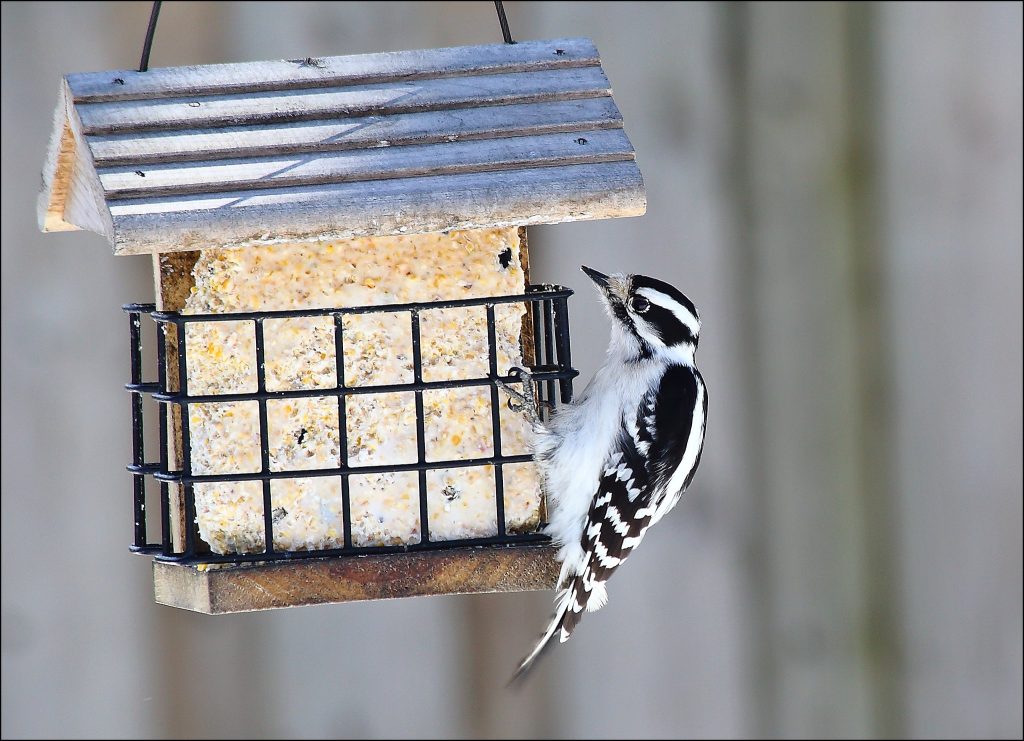
Although you don’t need a Ph.D. in Biology to get started, you should at least understand the animals you intend to take a picture of. Excellent places to start include a nearby national park, a local park, or your backyard. Use your spare time to learn about:
- Their daily habits
- Mating rituals
- When they are most or least active in a day
The information you gather from observing them will allow you to learn the best times to go out and photograph different animals. Use this information to get an idea of what to look for when out in the wild.
3. Invest in Top of the Line Camera Equipment
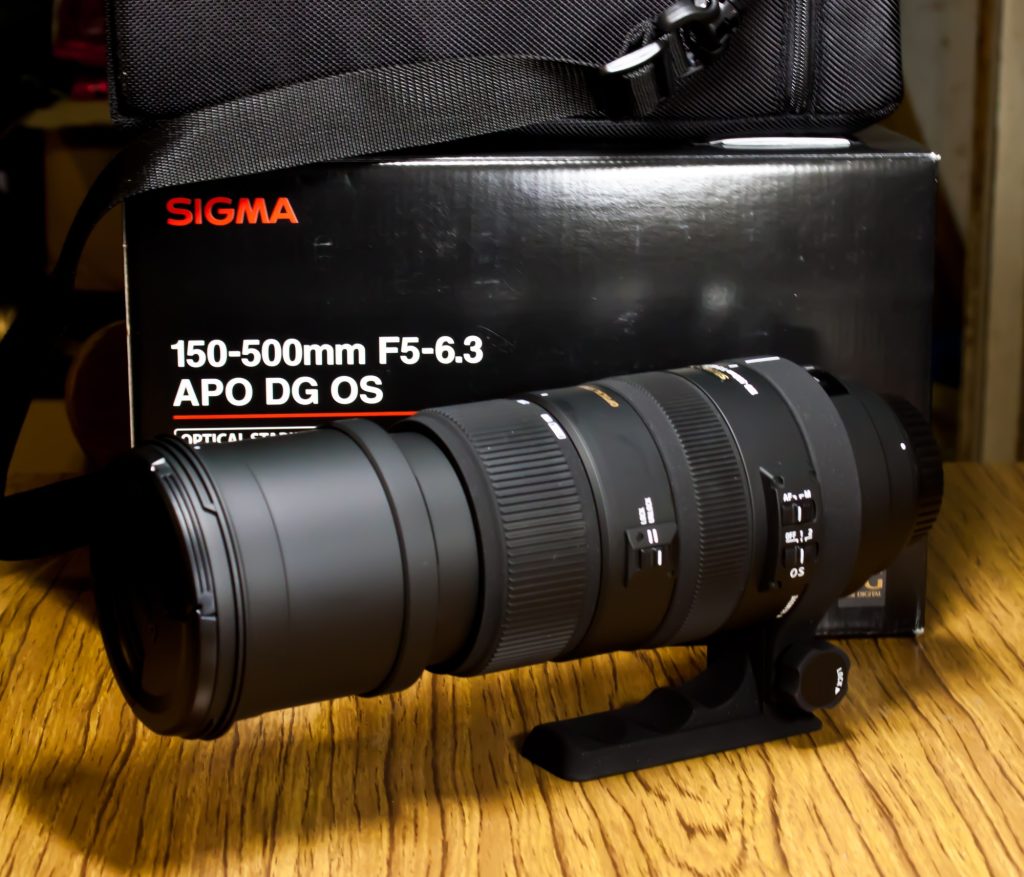
Image Credit: © Gerwin Sturm/CC BY-SA 2.0
By now, you already know that you’ll need to invest in some great equipment when photographing wildlife in their natural habitats. In other forms of photography, the photographer’s skill has a lot of impact on the photos’ quality.
Also, the quality of your equipment will make all the difference. For example, when buying a camera for use in capturing animals, pay extra attention to:
- its frames per second (FPS) ratio
- high ISO capabilities.
As long as you’re shooting animals, a situation will come when you’ll need to shoot in low-light conditions. You need a high ISO to capture quality images under such conditions without introducing noise to the end product.
Some of the recommended equipment are:
- Fixed focal length lens or Zoom lens
- Using a mirrorless camera body with a fast shutter speed
4. Learn from Those Who Have Excelled
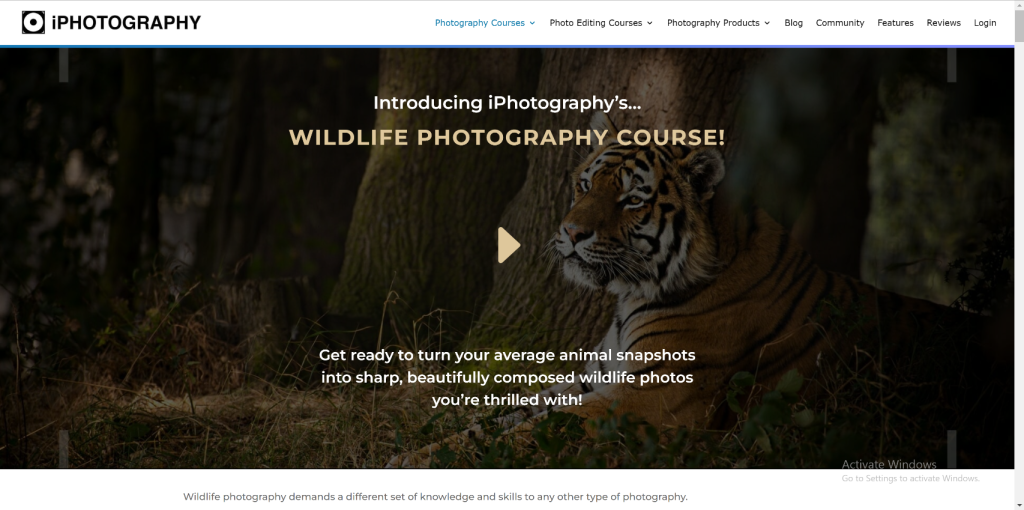
Every master photographer employs a series of technical secrets and approaches in their work. These are approaches that they have spent years perfecting. If there are wildlife photographers that you admire:
- Try to read their testimonials and published books
- Engage them in conversation, online and offline
- Study their best works
- Analyze the images they have taken over the years
This is why we recommend that you take this wildlife photography course. It will teach you everything you need to know.
In your analysis, try to establish the nature of their lighting and where they get the lighting from. Another question to ask yourself is, “where is the photographer positioned when taking a picture relative to the light and their subject?”
With time, you’ll come to notice that the photographers will focus on a specific compositional style (e.g., moving animals), a family of animals (e.g., the big five or big cats), or a given location (e.g., Africa).
Specialization enables them to become specialists in that area, making it easier to produce eccentric images. Avoid creating a bucket list of animals you need to follow and capture.
Working with fewer subjects means you’ll get enough time to take good shots of each of them. It allows you to use light to your advantage and to capture interesting animal gestures and postures.
5. Learn What Makes a Wildlife Photograph Sharp
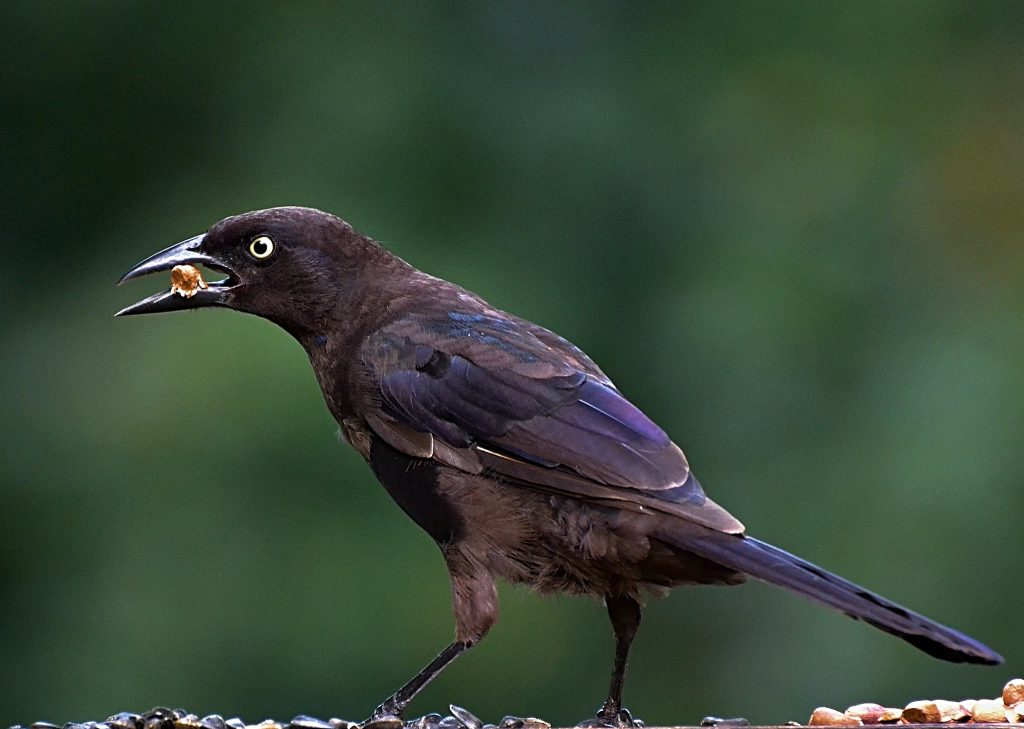
Several factors can affect the quality of a picture – in some cases, this transcends whether or not you had focused properly before taking the shot. Taking time to understand all the elements that contribute to the sharpness of a photo will assist in crisping up your photos.
Some of the factors that are likely to play havoc with your wildlife shots include:
- Wrong focus mode
- Quality of the glass you have used in the lens
- Shutter speed is too slow
- Diffraction is also known as using an aperture that’s too small
While this is not an exhaustive list of everything you need to know, it should help you get started. Make it a point to research further how to get sharp photos without using expensive lenses.
6. Autofocus Mode & Other Camera Settings
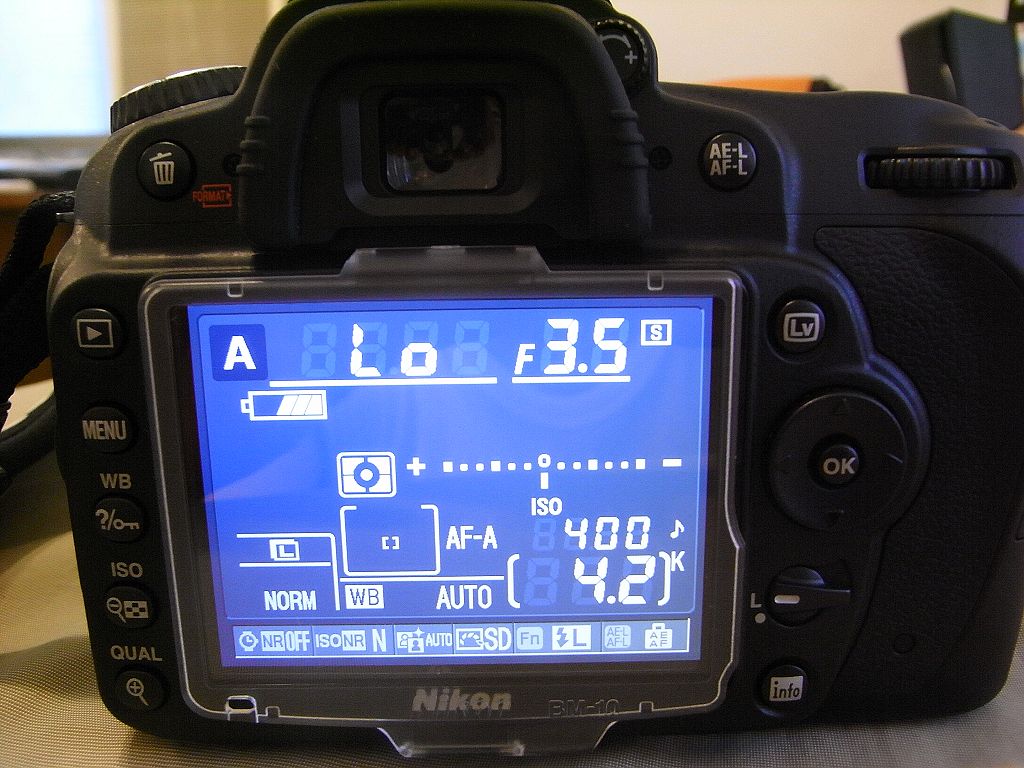
Capturing fast-moving subjects may require you to put your camera into a predetermined autofocus mode. Consider using the center autofocus point as it gives you the most precise setting for all aperture sizes,
The center also gives you tons of room for your framing in case the animal makes sudden movements. Another important tip is to ensure that the autofocusing setting is on a continuous tracking mode.
It will allow your camera to track the moving animals while ensuring they’re within sharp focus.
Your camera settings will play a crucial role when shooting animals and all other moving items. Set the shutter speed above 1/500. The speed will enable you to freeze any action that might occur.
For aperture, consider starting with a setting of f5.6-f8. It provides the field depth needed to maintain a sharp subject. Make exposure adjustments using the ISO if you feel that they’re incorrect. But it’s best to adjust based on lighting and your current situation.
7. Know Which Gear to Pack When Heading Out
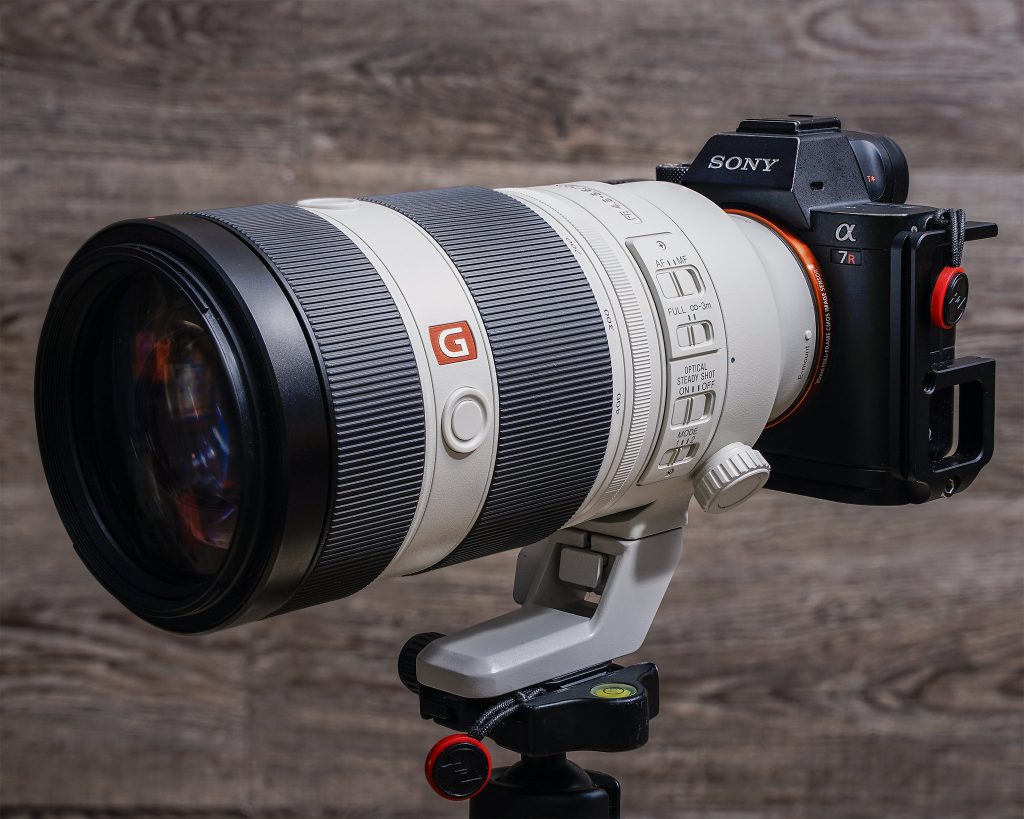
Image Credit: © John Brighenti/CC BY 2.0
Advanced gear isn’t mandatory. As mentioned earlier, self-restraint and perseverance are vital in taking the best photos possible. Although you don’t need access to space-age gadgetry or the latest zoom lens to take photos, you should understand the limitations of your gear.
Knowing its limitations enables you to maintain realistic expectations.
When packing, train your focus on the animals you want to shoot. You’re likely to experience a lot of anxiety and pressure when packing. If you’re not careful, this can cause you to overpack in fear of leaving behind the crucial gear.
However, most photographers believe that overpacking can cause more harm than under-packing. Carrying too much stuff with you will weigh you down and make your movements difficult, causing you to become uncomfortable.
All this will cause you not to enjoy what you had set out to do, which is an easily avoidable mistake. Use your knowledge of the animals you want to capture to decide what to carry based on its level of importance.
For example, if planning to photograph birds and animals that are easily scared, ensure you have packed your best zoom lens. The lens will allow you to take great photos even when there’s a distance between you and the subject(s).
8. Invest in Camera Traps
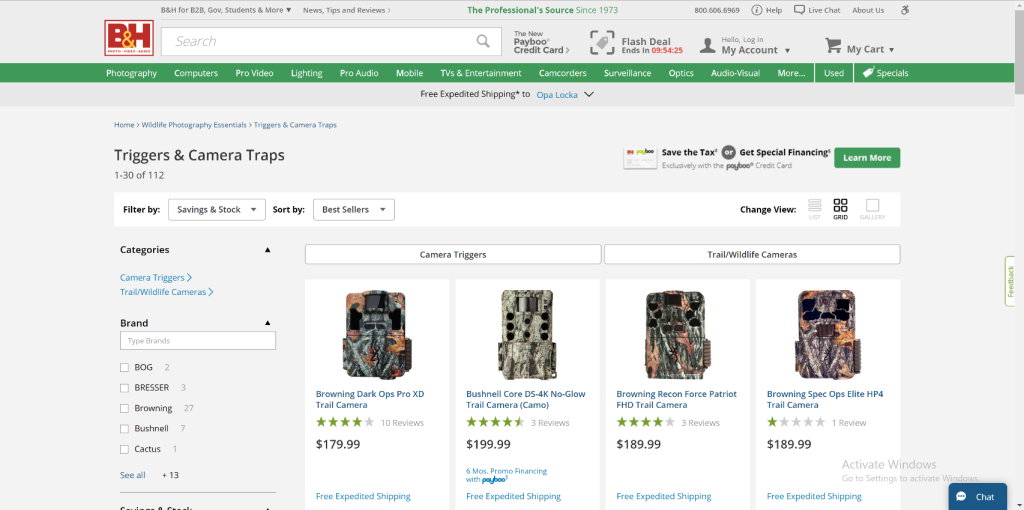
Camera traps are an advanced way of taking animal photographs. It involves setting a camera and a motion sensor out in the wild. You’ll need to confirm that the motion sensor is connected to the camera’s shutter release.
The camera will take a picture whenever somthing crosses the motion sensor’s path. Before you buy a camera trap or trigger, please note that:
- Camera traps will require you to know the subject’s hunting patterns. It also helps to understand the location’s natural history. An experienced photographer can excel in this.
- Your chosen camera needs to have a ‘sleep mode.’ The mode is necessary to prevent it from burning through its batteries as it sits in the woods. You may need to tie it to a tree or find something to disguise its presence.
- You’ll need to invest in a trigger for your camera trap. For this, you’ll have to choose between a Passive Infrared (PIR) or Active Infrared (AIR).
- AIR is more challenging to set up. It requires you to possess a detailed understanding of your subjects. On the other hand, it offers you better control over the final photos.
- PIR relies on heat changes to detect the presence of a subject. It’s affordable and doesn’t take much to set up. On the downside, it doesn’t provide you with much compositional control.
Once you have gained some experience using camera traps, you’ll realize that they can help you produce stunning wildlife images.
9. Respect the Subjects/Wildlife
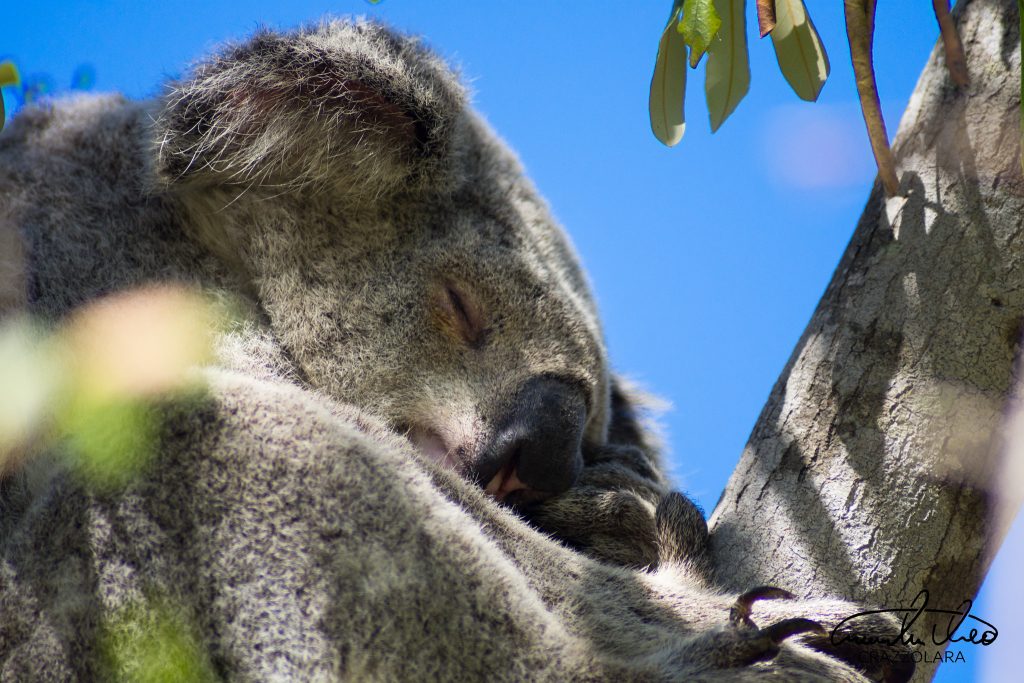
If you have made it this far, it means you have a deep interest in learning and mastering nature photography. As you set out on improving your existing skills and learning new ones, you’ll need to learn to behave appropriately whenever you’re around animals.
The rule of thumb is to remember that you’re an animal lover first and a wildlife photographer second. It would help if you didn’t disturb them in their natural habitat or attempt to cause them any harm.
Unfortunately, many people will go to any length to take a shot at the expense of the animals. Some do this to gain a few minutes of fame on the web, while others do so for purely selfish reasons.
Practice decency and behave correctly when interacting with wildlife. Don’t harm your subjects for the sake of self-satisfaction or in the name of trying to get the best shot possible. If you can’t get close enough to your intended subject, take the picture from a distance.
If this isn’t possible, exercise patience and wait for another moment to present itself.
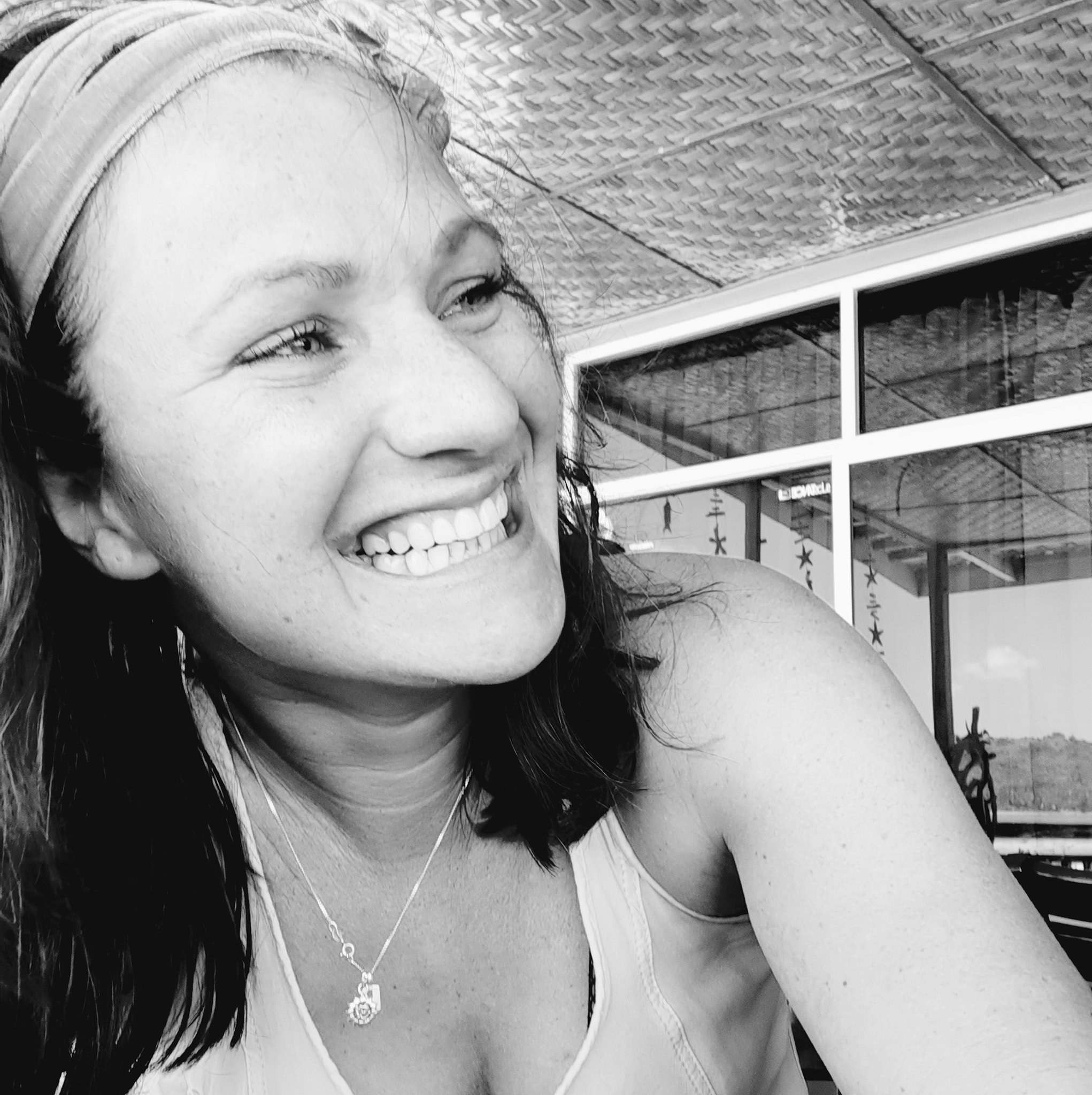
About Author
Rachel Noël is a professional photographer and videographer from the UK with over 10+ years of experience. Rachel specializes in Underwater, Tavel & Portrait photography among other areas.
